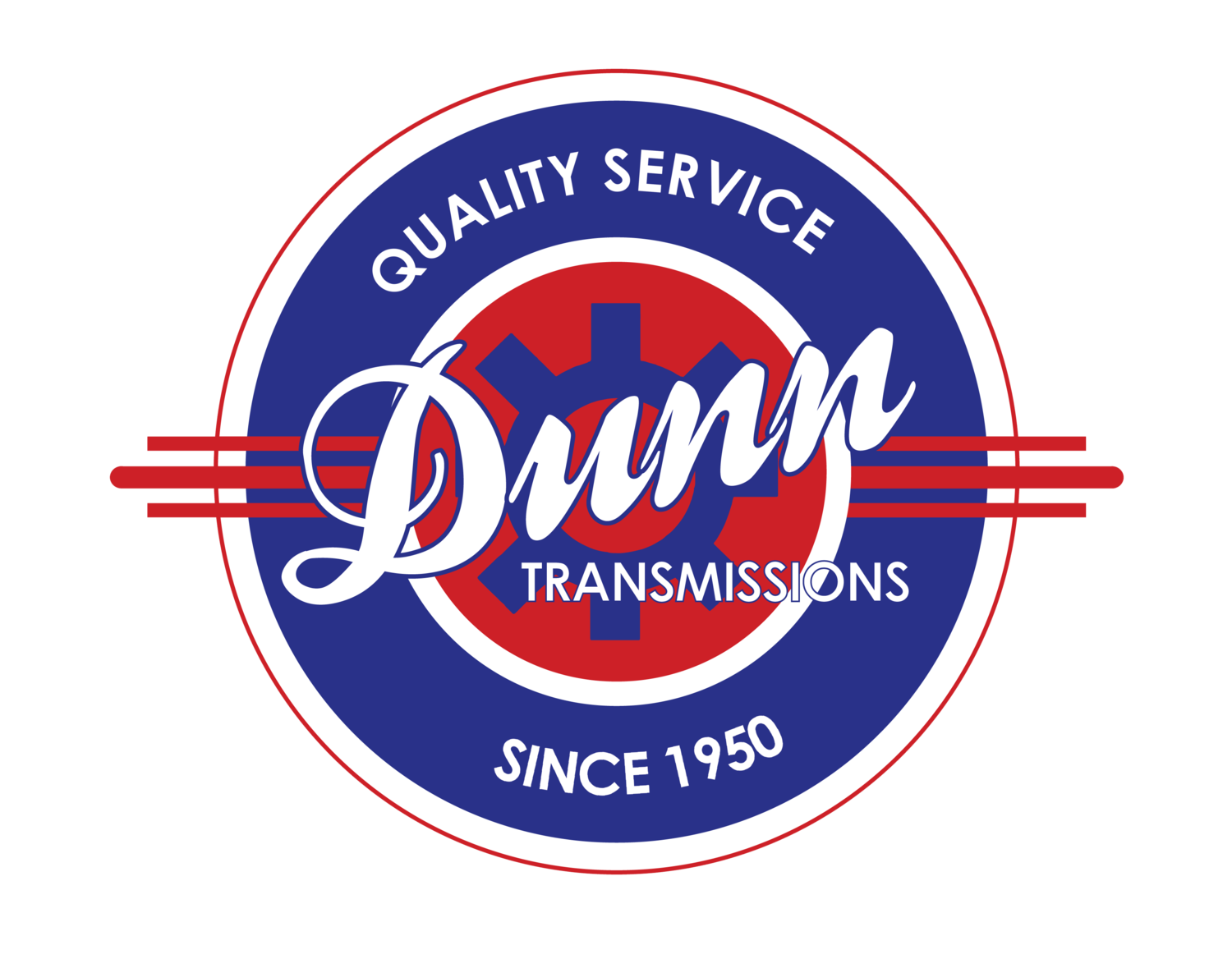Here are answers to some of the most common questions our customers have.
Contact us if you have a question that's not covered here!
How often should I change my transmission fluid?
We recommend at least every 50,000 miles for normal use. If you use your vehicle for towing, change the fluid more often.
I have 100,000-plus miles on my car. Will servicing the transmission help its performance?
We do not recommend servicing a high-mileage vehicle for the first time. If you have serviced the transmission regularly, continue to do so. If your transmission has never been serviced and you have high mileage, strong new fluid can dislodge particles that could cause shifting problems.
What's the difference between a transmission flush and a service?
There is a big difference between a transmission service and a transmission fluid exchange or flush. A service, for most models, includes a new filter as well as a professional inspection for leaks or damage.
A fluid exchange only removes your old fluid and replaces it with fresh fluid. The filter is not cleaned or replaced. A fluid exchange can disturb sediment that is present in your transmission pan, which can cause transmission problems. In our opinion, you are better off with a traditional transmission service.
On some later-model vehicles, the filter is not accessible. In this case, we are happy to perform a drain and fill service on your car.
My car is slipping. Does that mean I need a new transmission?
Not necessarily. Slipping can have many causes. The easiest to remedy is low transmission fluid. Of course, if your fluid is low, you may have a leak, so be sure to watch for drips under your car. Have your transmission checked by a professional. We'll be glad to take a look for free.
Should I tow while I'm in overdrive?
For normal towing (small trailers and boats), you can tow while in overdrive. Your vehicle will run cooler while in overdrive and you'll use less gas. But pay attention to your vehicle - if it starts shifting in and out of overdrive, take it out of overdrive. If you are towing up a big incline, take it out of overdrive. If you are towing a heavy load, you may want to take it out of overdrive.
My transmission is making a noise, my car is shifting funny, or my check engine light is on. Should I keep driving?
Your check engine light is a warning that something is wrong with your drive train, either the transmission or the engine. Get it checked! If your transmission is noisy or is not shifting correctly, have it checked as soon as possible. Driving with a problem can make the problem worse, possibly increasing the repair cost. Noise doesn't necessarily mean there's a major problem. A minor problem like a bad transmission mount can be very noisy. Obviously, driving your car when it has a problem will also increase your chances of being stranded on the side of the road, or possibly even being involved in an accident.
How can I increase the life of my automatic transmission?
First, proper maintenance: Get a transmission service at least every 50,000 miles for normal driving conditions. Keeping your fluid fresh can extend the life of your transmission, and getting a complete transmission service also allows a qualified technician to inspect your car for leaks or other problems you may not have noticed.
Second, keep your transmission cool. Especially if you use your vehicle for towing, consider installing an auxiliary transmission cooler.
Third, check the level and color of transmission fluid. This will help you catch any minor leaks before they become major, and will prevent your car from running low on fluid, which can quickly cause damage. Be sure to check your fluid level the way the manufacturer suggests. Your owner's manual will tell you the correct procedure, or give us a call and we'll tell you the correct way to check your particular vehicle's fluid. Your transmission fluid should be clear and red. If your fluid color changes or if it smells funny, it is an indication that your transmission is overheating.
Why is it so expensive to repair my transmission? Why does it take so long?
Your automatic transmission has well over 1,500 separate parts, and they all have to fit together perfectly with no errors and with no foreign objects (even dust!) for your transmission to operate correctly. It may take a team of technicians 15 hours or more to repair your transmission from start to finish. The transmission must be removed from the car (on a front-wheel-drive vehicle, the wheels must be removed in order to get to the transmission). Then it is disassembled, inspected and cleaned, new parts are procured, and the unit is re-assembled and put back into the car.
Transmission repair requires specialized tools and equipment, and, as with any kind of repair, the replacement parts required are expensive. Electronics also play a major part in transmission repair. Electronics diagnostics are very time consuming, and for some transmissions, parts must be ordered, which also takes time. Transmission repair is an exact science, requiring tiny tolerances to make your transmission operate correctly. It takes time, training and skill to successfully repair a transmission.






